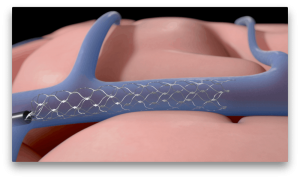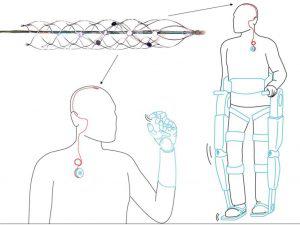Scientists have developed a technology that can replace
Open brain surgery, that sounds pretty scary. These surgeries that require a hole in the skull and intervention in the brain can be quite risky. There will be a new alternative soon.
Parkinson’s disease symptoms are sometimes very severe. In these cases, there is no alternative to patients with open brain surgery. The newly developed stent Bar will be a new hope for the patients. In this system, the patient’s skull does not need to be drilled. Stent bar sent to the brain through a small vein from the neck helps patients by stimulating the targeted area of the brain.
They have been using the deep brain stimulation (DBS) system for years. The problem of this method is removing some of the skull, replacing the electrical systems and wires. They have positive effects on Alzheimer’s patients, paralysed and depressed people. The process is quite risky. The body may not accept the prosthesis. By distributing electricity from the skull, methods that require less intervention to the body have been developed. These are not enough levels.
The new stent rod is being shoved through a vein in the neck. It followed by X-Ray and sent to the required area.
Dr. Nicholas Opie of the University of Melbourne, who runs the works in 2012, says that it is no longer necessary to open brain surgery for these procedures, it is very important for the health of patients. Patients are face with less risk of infection. In this new process that can be done in one day, there is no direct contact with the brain as a positive feature.
This device consists of microwires and microprobes. The different probes above the Stent bar warn different parts of the brain. It is possible to regulate the brain activities. Opie says there are a lot of things to consider to end the design. Opie says it’s a big challenge to use the biggest probes and transmitters they can use without the risk of putting the vein down. He says they’re excited about accomplishing this.
The devices tested in sheep are working bidirectional. As the device generates electrical impulses in the brain. It follows the electrical currents produced by the brain. This opens the way for more advanced prostheses in the future. For example, a stent bar works with a prosthetic arm will make it. Possible for the arm to hold the egg properly. It carry the egg without crushing it or holding it loose or dropping it.

According to Opie, it is possible for patients with epilepsy to treat this device to everyone from OCD patients to deep depression patients.
The first clinical trials of the device will be made in 2019. The work of the team was published in Nature Biotechnology.

No Comments!